Treating Scoliosis Naturally
Embodying Scoliosis:
While I don’t think I would have chosen to have a scoliotic spine at this point in my life, I don’t think I would trade it in. Having scoliosis has informed my movement and bodywork practices. It has helped make me keenly aware of my body and my imbalances.
I’m aware that my right foot is laterally tilted and rotated in relation to my left foot, which is medially tilted and rotated. My right femur likes to medially rotate relative to my left. My pelvis has a twist in it relative to ribs. I even know how scoliosis has affected my eyes and sinus passages.
I’ve been aware of my crooked spine since a child. I remember my mother, who was a PT, checking me for it by making me bend over. Unfortunately, back then they didn’t know much about treating scoliosis naturally and I’m thankful that mine wasn’t severe enough to warrant a brace.
My scoliosis didn’t start to bother me until I was in my late 20s. Years of abuse and over stretching had made me even more twisted. I constantly had little mirco-injuries, and spent a lot of time in pain. Even though I was practicing yoga and getting regular massage, I was getting little relief.

A few years ago, I started receiving Structural Integration bodywork, found an amazing Pilates teacher, and started practicing a somatic method called Feldenkrasis. Now my scoliosis is very well managed. I still have a curve in my spine, but most of the overlying compensations have been taken away or minimized. For a while I was obsessed with “getting straight.” Now, I’m more focused on working with what I’ve got and enjoying the freedom of not being perfect.
Scoliosis Defined:
Scoliosis is defined as a side-bend in the spine that can’t be brought back into a straight vertical axis. At least four vertebra must be side bent in same direction to qualify as a scoliosis.
The depth of the curve can be measured in angles. Taking a point at the bottom of curve and a point at the top you can then draw straight lines and where those lines intersect. This is called a Cobb angle. 10° is considered the minimum for scoliosis and angles of over 50° are considered severe. At that point organ function has defiantly been compromised, and medical intervention is often necessary.
Scoliosis can present as one curve, but more commonly there are two or three curves that help balance the other out. Rarely, but sometimes, there are four curves in the spine.
Scoliosis onset happens at different times, but the most common is during the growth spurt associated with puberty. Sometimes the onset is caused by an injury in midlife. Often scoliosis is first noticed during pregnancy or giving birth as the hormones and workload of having children can increase the degree of curve quite rapidly.
By middle age, many people have slight scoliosis just do to injuries and perhaps a sedentary lifestyle.
Treating Scoliosis:
Working with scoliosis is a challenge for a bodyworker or movement teacher. It takes a lot of studying to understand how the bends and rotations affect the soft tissue around the spine. It takes even more study and practice to learn how it can affect the legs and arms.
Since starting to practice Structural Integration, I’ve had the privilege of working with a handful of clients with fairly advanced scoliosis. Working with these clients has been a rewarding experience and I’m thankful for each of them for their trust and feedback along the way.
I thought I’d highlight some important points I’ve learned from working with this population:
Be realistic about your goals: The degree of curve and how long it’s been there is one factor how much change you can expect. Make sure the client’s expectations, and yours, are on the same page and aren’t unrealistic. If the practitioner or client is obsessed about “getting straight” the treatments may end up doing more harm than good.
A little goes a long way: Instead of trying to get a ton of change in one area, do a little work here and a little work there. Don’t be overly concerned with perfection. Allow the client time to integrate the work you’ve done before hammering more on that area. Work to balance the pelvis, legs, and feet first since this is the base for the spine. Allow your direct work on the spinal erectors to be minimal especially in the beginning.
The breath pattern is extremely important: Since scoliosis changes the shape of the ribs it also affects the breath. Since we all breathe, changing these patterns is one of most helpful ways to unwind these patterns. Whether you’re using movement or bodywork address this in each session.
Bringing awareness to the clients compensations is vital for changing or managing the pattern: People with scoliosis are generally aware that they are crooked; however they often feel like they are straight and don’t notice the underlying compensations. I find that bringing light to things like the higher hip, medial tilted foot or laterally rotated arm is key. Even if I don’t visually see a big change clients often report improvement since noticing the imbalance.
Homework is Key
Its naïve to think that a 90 minute bodywork session or a few hours of Pilates or yoga will bring drastic change to scoliosis. I generally teach my clients somatic movement patterns specific to their pattern as homework. Again, it’s important to be realistic here. Some people don’t have the time or energy to do homework every day. However, I do find that clients that do at least some of their homework get far better results than clients who do little or none.
If you’re suffering from pain related to scoliosis I’d be happy to see how we can work together to help resolve your issues. If you’re a practitioner with further questions please reach out as well.
